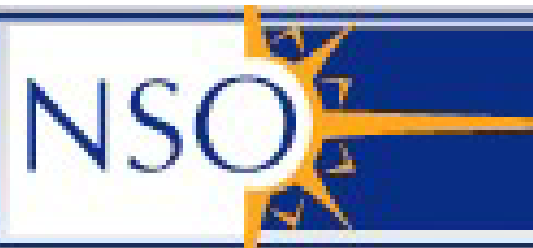Poster Abstracts
Name/Affiliation: Volkmar Holzwarth, Scott Gregory, and the BinaMIcS collaboration (Kiepenheuer-Institute for Solar Physics, Freiburg i.Br., Germany)
Title:
Magnetic field extrapolation in binary and star-planet systems
Abstract:
Magnetic fields have a decisive influence on the structural, dynamical and thermal properties of the coronae of cool stars. Since even in the case of the Sun direct observations of coronal magnetic fields are difficult to accomplish, extrapolation methods are frequently used to infer them from observed magnetic field distributions in the photosphere. The potential field source surface (PFSS) approximation has proven helpful in the description of large-scale solar and stellar (as well as planetary) magnetospheres, because it accounts for the existence of stellar winds through the assumption of magnetic fields becoming purely radial at a certain distance above the photosphere. Albeit more sophisticated extrapolation methods have been developed since, the PFSS approach remains significant, since the resulting magnetic field represents the stable, lowest-energy state consistent with given boundary conditions. Here, we extend the PFSS technique to the case of a system with two close objects, such as binary star systems or exoplanet systems. We describe the theory and numerics of the two-centre extrapolation technique and demonstrate its applicability in the case of the close pre-main sequence binary V4046 Sgr, for which magnetic surface maps for both stellar components have been reconstructed based on Zeeman-Doppler imaging observations. Our results reveal a joint magnetosphere with complex magnetic field structures connecting the two components. Further observable diagnostic signatures of the coronae are discussed as well as the applicability of the method to the case of magnetic interaction between a host star and a close-in hot Jupiter.




